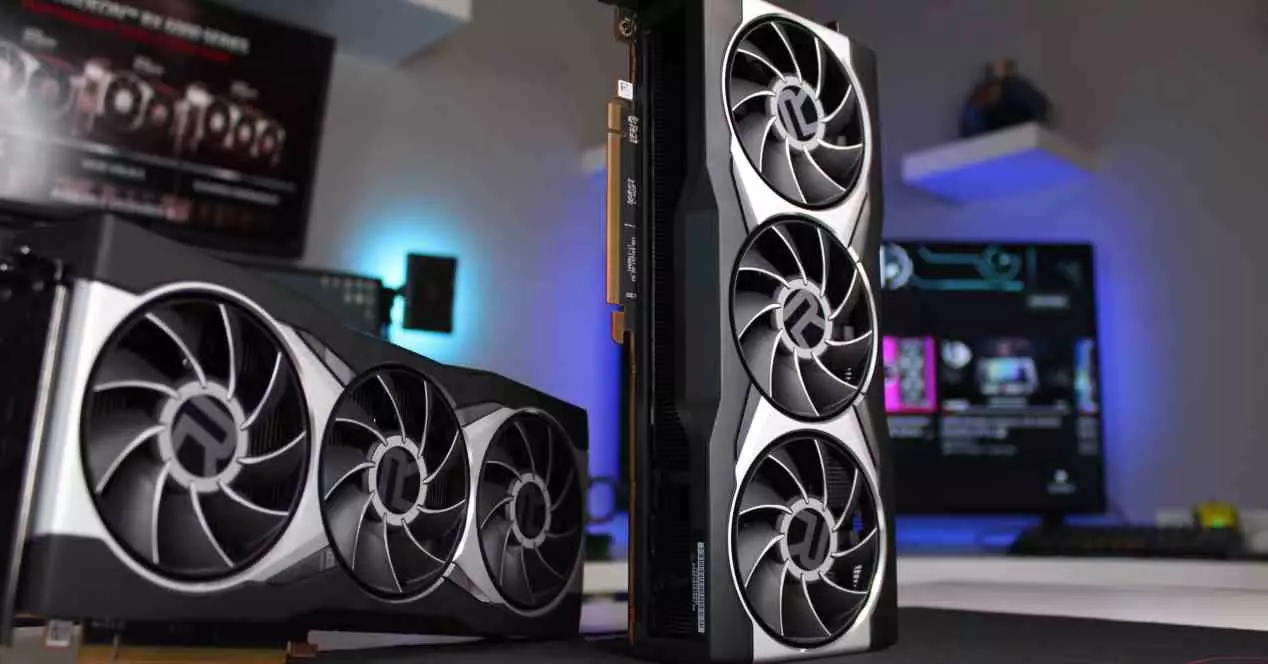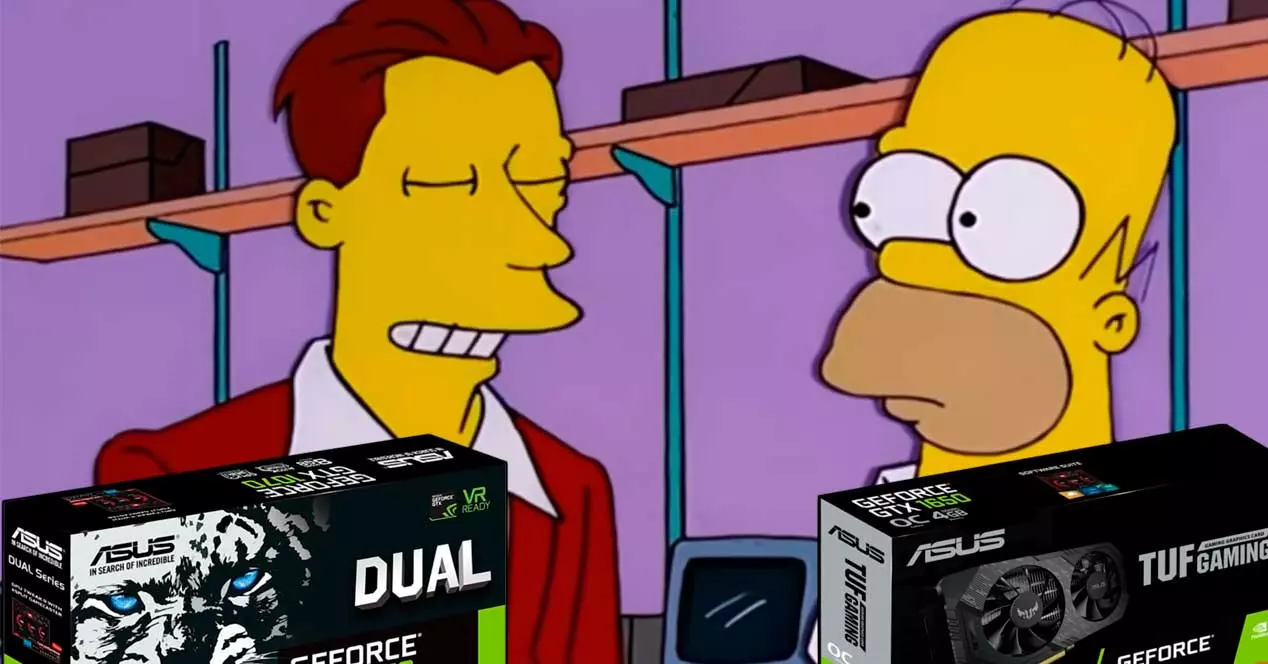
To be honest, we’ve always found it strange that NVIDIA hadn’t chimed in on artificial intelligence in video playback. Especially because of the fact that things like frame interpolation and super-resolution algorithms are easier to do than in video games. Especially since the reference frame or frames already exist.
At this point an AI video codec?
If we look at it from another perspective, NVIDIA’s excellent video hardware codec, called NVENC and NVDEC, have been a reference in the market for a long time due to their quality and performance. If they have dominated the field in the streaming market, it has been thanks to this and the fact that their rival, AMD, had not done their homework, at least until the release of the RX 7000.
However, trusting yourself has its problems and both the improvements in the new Radeons and the excellent performance in the Intel ARC in this regard have meant that NVIDIA has to pull the rabbit out of its hat to continue its dominance in the world of video playback. video and streaming.
And what is it that differentiates them? Well, a strong commitment to Deep Learning for years, to the point that today the GeForce are no longer gaming products, but cards designed for AI with the ability to reproduce graphics. So it is normal that it has decided to strengthen the field of video playback using these advances.
What is NVIDIA Video Super Resolution?
The green brand has revealed that in a future driver it will activate this function on its RTX graphics cards, which is based on the same principles as DLSS but for video playback and encoding. And this is very useful, since it will allow you to play video, for example at 4K from the Full HD file. Which will mean that not so much bandwidth will be needed and we will also be able to increase the resolution of videos over the Internet to a pixel density greater than its current maximum.
In any case, we do not know if there is a resolution limit in which the algorithm can perform the reconstruction, since in these cases a specific volume of information is always necessary to obtain good results. Let’s not forget that the reconstruction made with NVIDIA Video Super Resolution is still a prediction made from an inference algorithm and if the information is not enough in the base video, the result will be inaccurate.
Specifically, NVIDIA claims that its VRS can scale videos that originally start from 360p resolutions up to 1440p. Which means that we will be able to see a good part of the catalog of videos on platforms like YouTube, Dailymotion and the like that were uploaded a long time ago with improved quality.
During this month of February, an update to the Chrome and Edge browsers should appear that allows you to use this function while browsing the web to watch videos using this feature of NVIDIA RTX cards.
Are you nearing the end of hardware video codecs?
We must start from the fact that NVENC and NVDEC are accelerators, in the sense that they free the GPU cores from having to perform the task of encoding and decoding video. The problem is that for some time now, algorithms like the one we are talking about are appearing, as well as those for transcoding that are designed to work on the GPU cores instead of on specialized units and end up having a higher performance.
The advantage of using hardware video codecs? The fact that integrating them costs pennies per chip and consumes very little. The disadvantage? They are certainly limited in what they can do and are becoming a limiting factor. So although we will not see them disappear, it is possible that at some point they will continue to be included to maintain compatibility, both NVENC and NVDEC, but do not be surprised that NVIDIA Video Super Resolution is the first of the changes in that sense.



